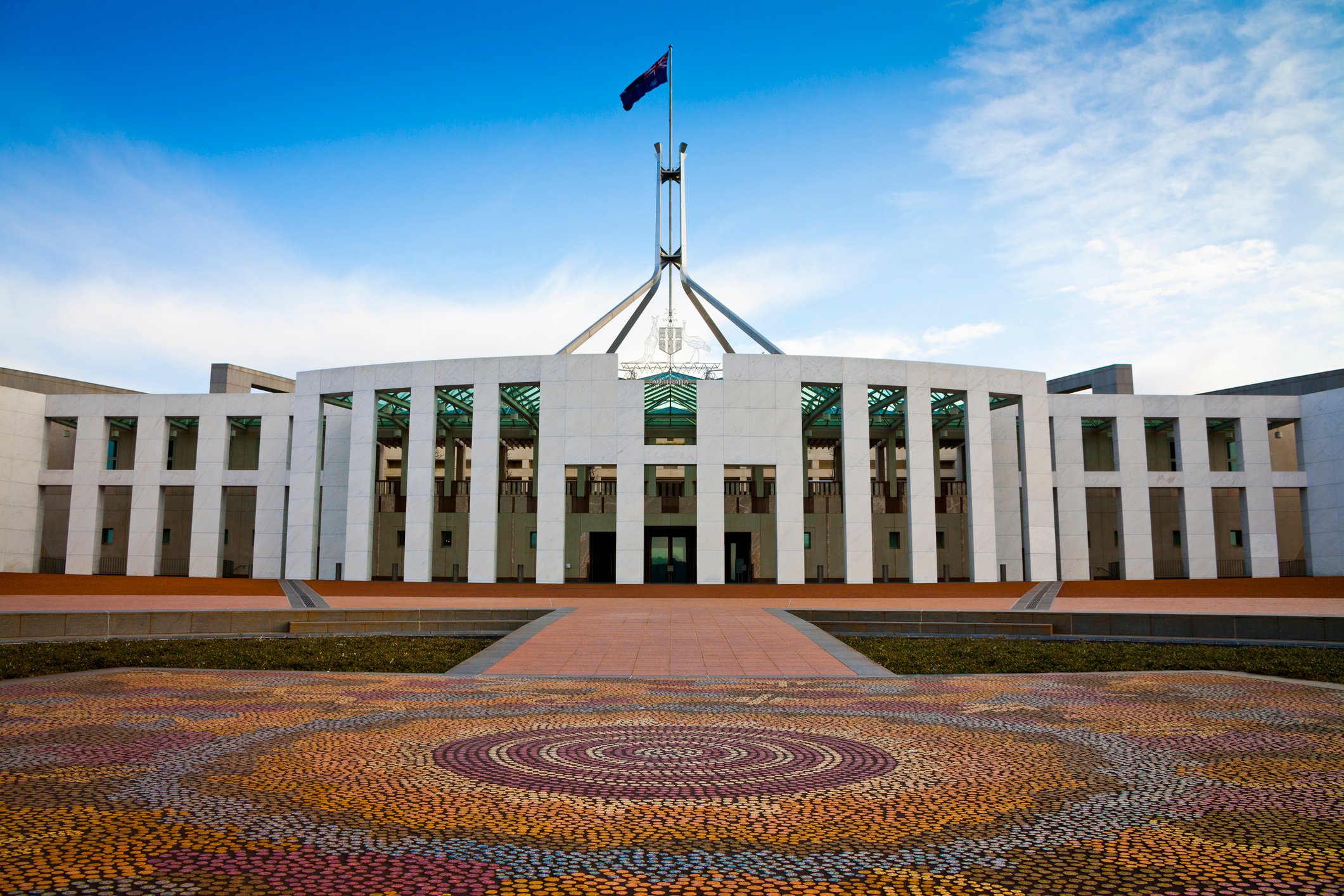Given the Reserve Bank of Australia has hiked interest rates 12 times in a little over a year in response to high inflation, the focus has naturally been on how inflation is driving interest rates. But over the long-run the relationship between inflation and interest rates is more nuanced.
The setting of the cash rate is the primary tool available to the RBA to achieve its goals of low and stable inflation and full employment. While it is the most direct tool, it is also blunt in that cannot be targeted at particular parts of the economy. Other related ‘tools’ the RBA can use – such as jawboning, to influence behaviour, and forward guidance to influence longer-term interest rates – will always remain secondary to using the cash rate. Other tools were used for the first time in Australia during the Covid period, including price and quantity targets on purchases of government bonds. For example, the target for the 3-year Australian Government bond yield from March 2020 was set around 0.25% (lowered to 0.1% in November 2020) and discontinued in November the following year. Another pandemic response tool was the provision of low-cost funding to financial institutions. The term funding facility provided to banks in 2021 rolls off by mid-2024, with a significant amount in Q3, 2023 and banks are facing significantly higher funding costs as they look to refinance this debt. These tools would only be used in exceptional circumstances.
What does history teach us about the connection between inflation and interest rates?
There is a cyclical element to the relationship between interest rates and inflation. The RBA increases interest rates during periods of high inflation to slow the economy and therefore lower inflation. As the chart below shows, a couple of clear examples of this were just before the GFC in 2007, and in the mid-1990s. A desire to slow the economy and lower inflation was also the driver behind the increase in interest rates in the late 1980s/early 90s, preceding the 1990s recession.
Further back there was a weaker relationship between inflation and interest rates in the 1980s as monetary policy was implemented to a larger extent by trying to alter the quantity of financing (the volume of lending) rather than its price (interest rates). Prior to the 1980s, Australian interest rates were heavily controlled rather than market determined, so it isn’t a fair comparison to ask how they responded to high inflation. We should also abstract from the 2000/2001 increase in inflation as that was caused by the introduction of GST which had a one-off impact and the RBA said it would not respond to the direct impact of the GST on inflation. Because it was ‘looking-through’ from the tax change, the RBA publishes a version of CPI inflation that abstracts from tax changes, and that is plotted also. The cash rate has only been used as the instrument of monetary policy since about 1990. But over long periods, the cash rate broadly moves with the 3-month bank bill rate and so we’ve included that in the graph to show movements of short-term interest rates in the earlier period.

There is a structural as well as cyclical element to the relationship between inflation and interest rates. It is actually real interest rates (i.e. the interest rate minus the rate of inflation) that gives the return from saving and the real cost of borrowing. So higher inflation results in higher interest rates. For example, if inflation is 10% a 12% interest rate gives you the same effective return as a 4% interest rate when inflation is 2%. So not using higher interest rates to cool high inflation would entrench that high inflation and interest rates would ultimately be higher anyway.
Where to from here?
Given monetary policy affects the economy with a lag, central banks typically aim to start cutting interest rates once they are confident that the economy is slowing and therefore inflation will fall. Importantly, the consequence of this is that interest rates can start to be reduced before inflation has returned to the central bank’s target. However, the timing will depend on how high inflation is – currently inflation is well above central bank targets both in Australia and in other developed economies – and how persistent it is. Even though inflation is declining, most central banks are not yet close to cutting rates and have still been increasing interest rates. Central banks will start cutting once they are confident that inflation is well entrenched on a path back to their target (2–3% in Australia, 2% in many other economies).
Related Content

How bad are recessions for asset returns?

Federal Budget 2024-25 Report
